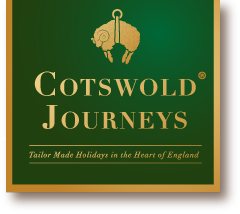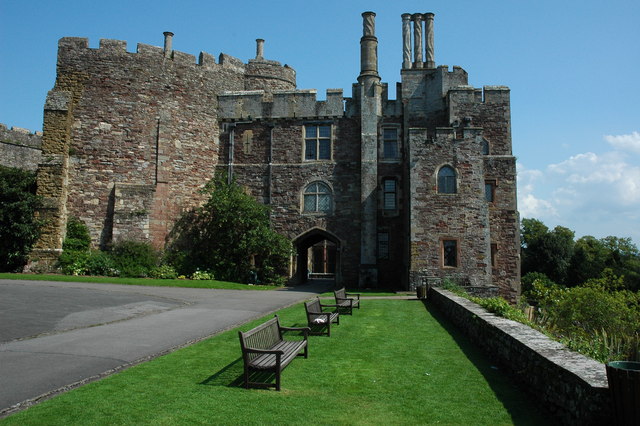Berkeley was first recorded in 824 as Berclea, from the Old English for “birch-tree wood or clearing”. It was a significant place in the Middle Ages, as a port, market town, and the meeting place of the hundred of Berkeley [a hundred was a subdivision of a county or shire, having its own court; the name was also formerly applied to the court itself. Most English counties were divided into hundreds (or wapentakes or wards). The origin of the division into hundreds is obscure: a hundred hides of land, perhaps; or the district which furnished a hundred warriors]. The medieval parish of Berkeley was the largest in Gloucestershire.
Berkeley was also the site of Berkeley’s nuclear power station, which had two Magnox nuclear reactors. Berkeley power station, the first commercial British reactor to enter operation, has since been decommissioned and all that remains are the two reactors encased in concrete.
Just north of Berkeley lies the port of Sharpness, one of the most inland in Britain. The Gloucester & Sharpness Canal (originally known as the Gloucester & Berkeley Canal) starts here.
Berkeley was the birthplace of Edward Jenner. After studying medicine in London he returned home to work as the local doctor, and in 1796, realizing that milkmaids didn’t catch smallpox, he performed a pioneering experiment by inoculating his gardener’s son James Phipps with cowpox, thus preventing infection from smallpox. The Chantry, Jenner’s home in Berkeley for 38 years, is now a museum.


0 Comments